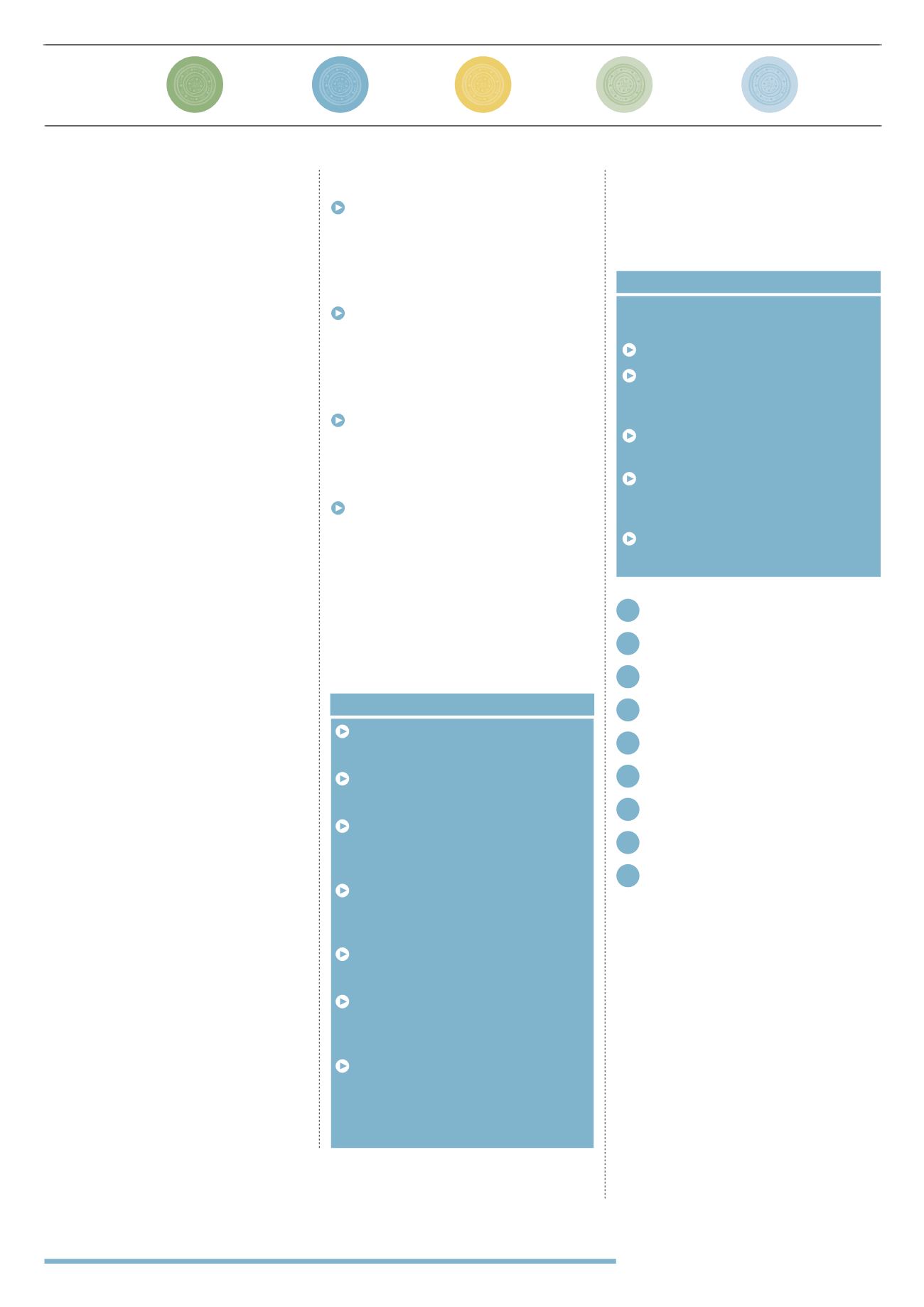
13
COINS IN CONTEXT
Similar considerations apply to
coins. Coins can be very broadly
divided into three categories:
#1
FIAT CURRENCY
The coins have a value as a currency.
For example, British pound coins
are not intrinsically worth £1 – but
because the British government and
the Bank of England stand behind
them, they are universally accepted
as a unit of exchange worth £1.
#2 GOLD, SILVER AND PLATINUM COINS
(BULLION COINS)
Coins that have a precious metals content
that largely determines their value. These
coins do have an intrinsic value – for
example, a UK gold Britannia contains one
ounce of pure gold (as well as some other
metals to ensure the coin is not too soft)
and therefore the price of a Britannia coin
depends upon the prevailing price of gold.
#3 RARE OR COLLECTIBLE COINS
Rare or collectible coins may have
some precious metal content, but their
value is largely determined by their
collectible value – and demand from
collectors who want to own these objects
for their own personal enjoyment.
This means that, very much like stamps,
investing in rare, collectible coins (as
opposed to buying gold and silver coins
as a way of getting expose to the gold or
silver price) requires specific knowledge
of the market: what coins are favoured
by collectors; where to source them;
what price to pay and where and when
to sell them. And again, like stamps,
rarity and condition determine the value.
(Interestingly silver coins, even when
they are closely comparable in terms
of age, rarity, workmanship, design etc.
will usually be worth less than their gold
counterparts – even though the value of
the coin based on the precious metals
content has little bearing on its worth.)
KEY CONSIDERATIONS
Ask for the coin’s melt value – the
basic intrinsic bullion value of a coin
if it were melted and sold. The melt
value for virtually all bullion coins and
collectible coins is widely available.
Keep in mind that collectible coins
generally sell for a premium or mark-up over
the wholesale price so the dealer can make
a profit. Be clear on the commission or fees
that the metals dealer or broker is charging.
Examine coins in person. It’s difficult, if
not impossible, to make a practical decision
about buying a particular coin based on a
photo or a conversation with the seller.
Has the coin been professionally
graded and by whom.
Like stamps, the coinage of the world
is so vast that most collectors pick a
particular field or theme that they can
specialise in – this gives them some chance
of completing a collection and means
that they can develop a deep, in-depth
knowledge of their area of expertise.
COIN CONDITIONS
Fleur-de-coin (FDC): perfect, mint
condition with absolutely no imperfections
Uncirculated (UNC): newly minted, but
may have tiny imperfections
Extremely Fine (EF): design and
inscription are still sharp, but traces of wear
are visible under close examination
Very Fine (VF): design and inscription
still clear, but some rubbing or minor
damage
Fine (F): obvious signs of wear, but
inscription and date easily distinguishable
Fair: inscription and date still
distinguishable, but serious wear or
damage
Poor: so worn that little detail can
be made out, inscription and date not
distinguishable
Source: Robin Duthy, Alternative Investment
Collectors may buy a single coin in each
category to educate themselves on the
different coin conditions and to enable
detailed comparisons on quality to be
made when purchasing new coins.
CONCLUSION
In short, both stamps and coins are specialist
investments. However, people who are
prepared to develop their knowledge,
perhaps by specialising in a theme, can
become very canny investors. For those
who do not have the time or motivation,
but who are interested in the asset class,
expertise must be brought in, in the form
of broker-advisers. In reality, this situation
is not unlike the stock market, where many
people are prepared to DIY invest, but
many others choose to pay a premium for
advice or the services of a fund manager
to select the most appropriate assets.
RARITY
In a similar vein to rare stamps, coins are
considered rare for a number of reasons:
Small issue to coins in the first place
Ruler appearing on the coin may have
died or been killed during the time of
minting
May have been struck as a sample of a
proposed coin but not circulated
Be in extremely fine (EF) condition
compared to other coins of the same issue
available
Be very highly in demand compared to
the number of coins available
Normal
Very Rare
5 - 10 in existence
Rare
11 - 20 in existence
1 - 2 in existence
Scarce
3 - 4 in existence
N
R2
R5
R
R4
R7
S
R6
R3
Extremely Rare
RECORD
COIN SALES*:
7.6m
7.4m
3.9m
3.7m
10m
1787 Brasher
Doubloon
(2011)
1794 Flowing
Hair Silver/
Copper Dollar
(2013)
1933 Double
Eagle
(2002)
1804 Silver
Bust Dollar,
Class1 (2013)
1913 Liberty
Nickel
(2010)
* Source: Whitman, CNN, Sotheby’s, Heritage


